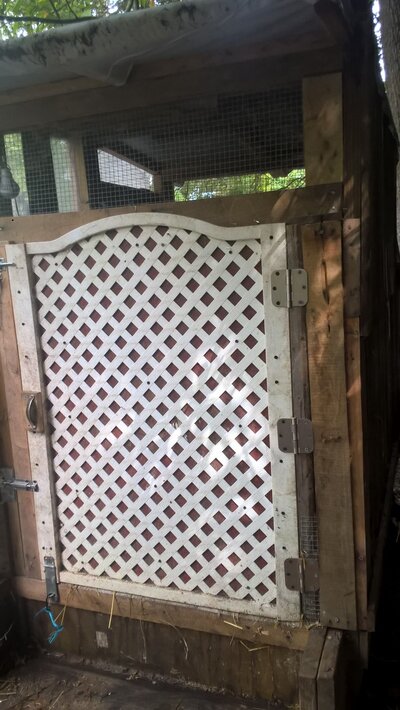U_Stormcrow
Crossing the Road
oh, and much of the beta glucans and immune response studies are coming out of Korea and China, where most of the (loosely) weight gain/condition studies are older, and originate in the EU. Generally over the last 20-25 years or so, for both. Full text is rarely available for free, but the summaries are often decent enough to give you an idea of the general findings and the study size.




 like a bunch of kids.
like a bunch of kids.
